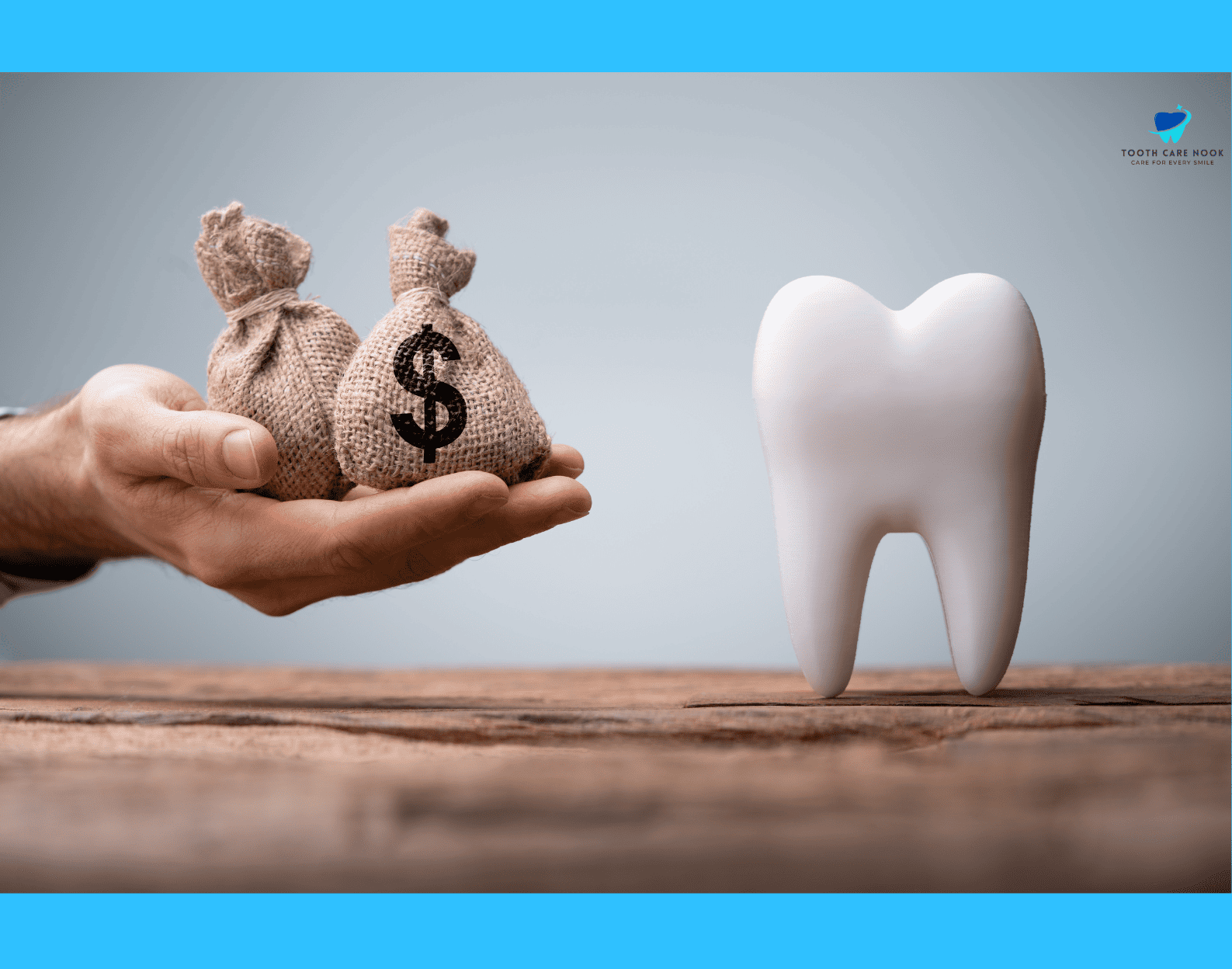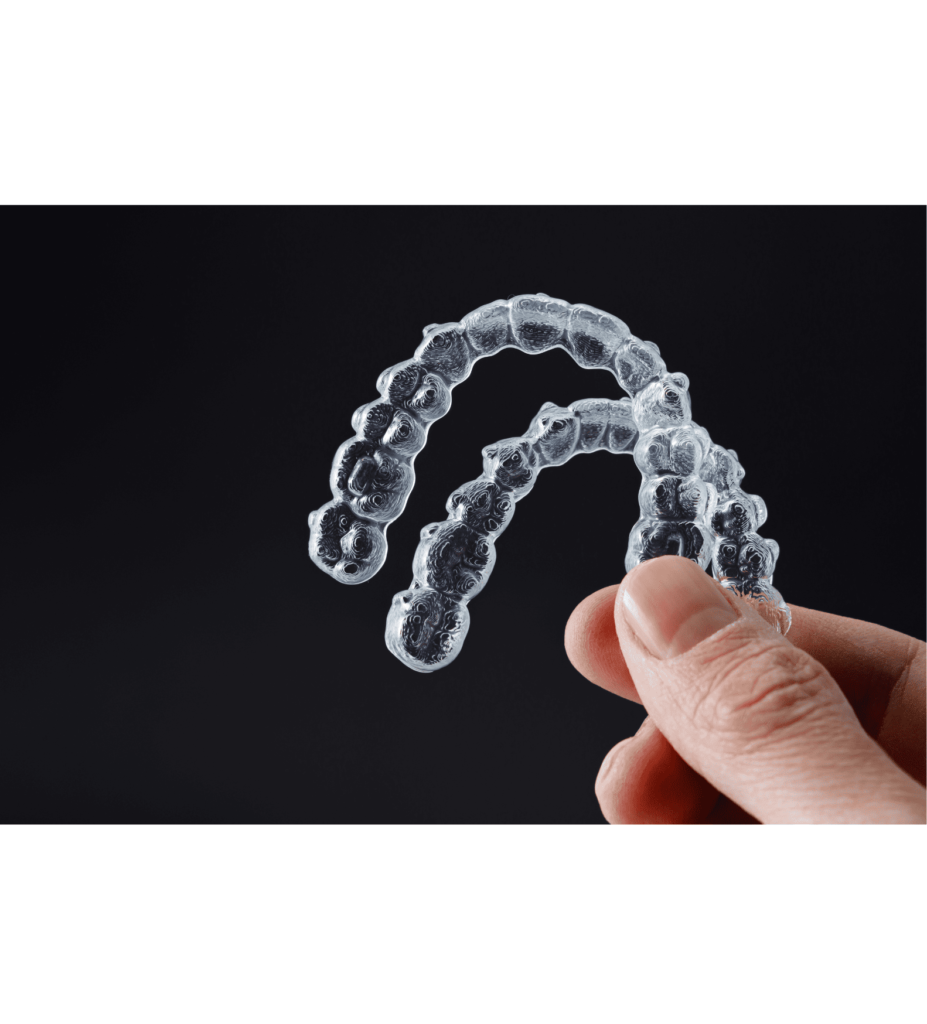How to Make a Dental Retainer At Home?
The following is a DIY solution for making a dental retainer at home:
Prepare the InstaMorph:
Open the package and take a few InstaMorph beads on a teaspoon. Place the beads inside hot water and allow them to turn clear for 2 to 3 minutes.
Shape the Material:
Remove the softened InstaMorph from the water using the spoon. Immediately roll the material into a thick log using your hands and make sure that it’s not too thin for strength. Roll the log until it’s approximately the length of your middle finger.
Apply to Lower Teeth:
Starting with the lower teeth, position the log over them in a horseshoe shape by covering all teeth from the back to the middle. Press the material onto the teeth to ensure it aligns with the gum line and molds properly. Be careful not to stretch the material too thin, as thickness is important for strength. Create a vacuum seal by gently sucking the material onto your teeth.
Finalizing the Fit:
Let the material sit in your mouth until it begins to turn opaque which indicates it’s drying. Carefully cut off any excess material with scissors, ensuring all teeth and the gum line are properly molded. Smooth out any rough edges for comfort and allow the retainer to dry fully before use.
Repeat the same process for the upper teeth, following steps 1 through 4 to create a custom retainer for the upper dental arch.
By following these steps, you can create a custom dental retainer at home using InstaMorph beads and hot water to ensure a proper fit and function.
What Are The Things It Takes to Make a Retainer Kit At Home?
To make a retainer kit at home using the DIY solution provided, you’ll need the following materials:
- InstaMorph beads.
- Teaspoon.
- Container or bowl.
- Scissors.
- Safety goggles and gloves.
What Can I Use Instead Of a Retainer?
Following are some alternatives for a retainer:
- Clear aligners
- Permanent retention
- Hawley retainer
- Nightguard
How Can I Keep My Teeth Straight Without a Retainer?
Keeping straight teeth without a retainer can pose challenges, but the following are some strategies that can help you out:
- Prioritize your oral health to support proper tooth alignment.
- Consider alternative aligners.
- Avoid habits like nail-biting or chewing on hard objects.
- Engage in facial exercises.
- Maintain physical activity to strengthen facial muscles.
- Maintain good posture, particularly during prolonged sitting or standing periods.

Are DIY Orthodontic Retainers Worth It?
DIY orthodontic retainers are not generally considered worth the risk. Although they are convenient or budget-friendly, they pose significant risks to dental health and treatment outcomes.
Why DIY Orthodontic Retainers Are Not Worth It:
- DIY orthodontic retainers lack the supervision and expertise of a trained dental professional.
- DIY attempts can inadvertently exacerbate existing dental problems or create new ones which will lead to additional expenses and treatment needs.
- The durability and effectiveness of the materials may not match those used by dental professionals which compromises the longevity and efficacy of the retainer.
- DIY approaches oversimplify the complexity of orthodontic care which potentially leads to suboptimal outcomes.
- Orthodontic treatment often requires long-term monitoring and adjustments to ensure stability and optimal results. DIY approaches lack the necessary follow-up care provided by dental professionals.
- While DIY kits may seem cost-effective initially, the potential costs associated with ineffective treatment outcomes, additional dental procedures, or legal repercussions can outweigh any perceived savings in the long run.
For better long-term oral health and satisfaction, you should consider a licensed dental professional who ensures safe, effective treatment tailored to your needs.
Why Are Retainers So Expensive?
Retainers are expensive due to the following factors:
Customization and Personalization:
Retainers are custom-made to fit each individual’s unique dental anatomy. This customization requires specialized materials, equipment, and expertise, contributing to the overall cost.
Dental Quality Materials:
High-quality materials are essential for the durability and effectiveness of retainers. These materials undergo rigorous testing and meet safety standards, which can drive up the cost of production.
Professional Expertise of Dentists:
The fabrication and fitting of retainers involve the knowledge and skill of trained dental professionals, such as orthodontists or dentists. Their expertise ensures that the retainer is properly designed to maintain tooth alignment effectively.
Labor Costs:
The labor-intensive nature of creating and adjusting retainers adds to their cost. Dental professionals invest time and effort into designing, fabricating, and fitting each retainer to ensure optimal results.
Diagnostic Procedures:
Before fabricating a retainer, diagnostic procedures such as dental impressions and X-rays may be necessary to assess the patient’s dental condition accurately. These procedures incur additional costs that contribute to the overall expense.


